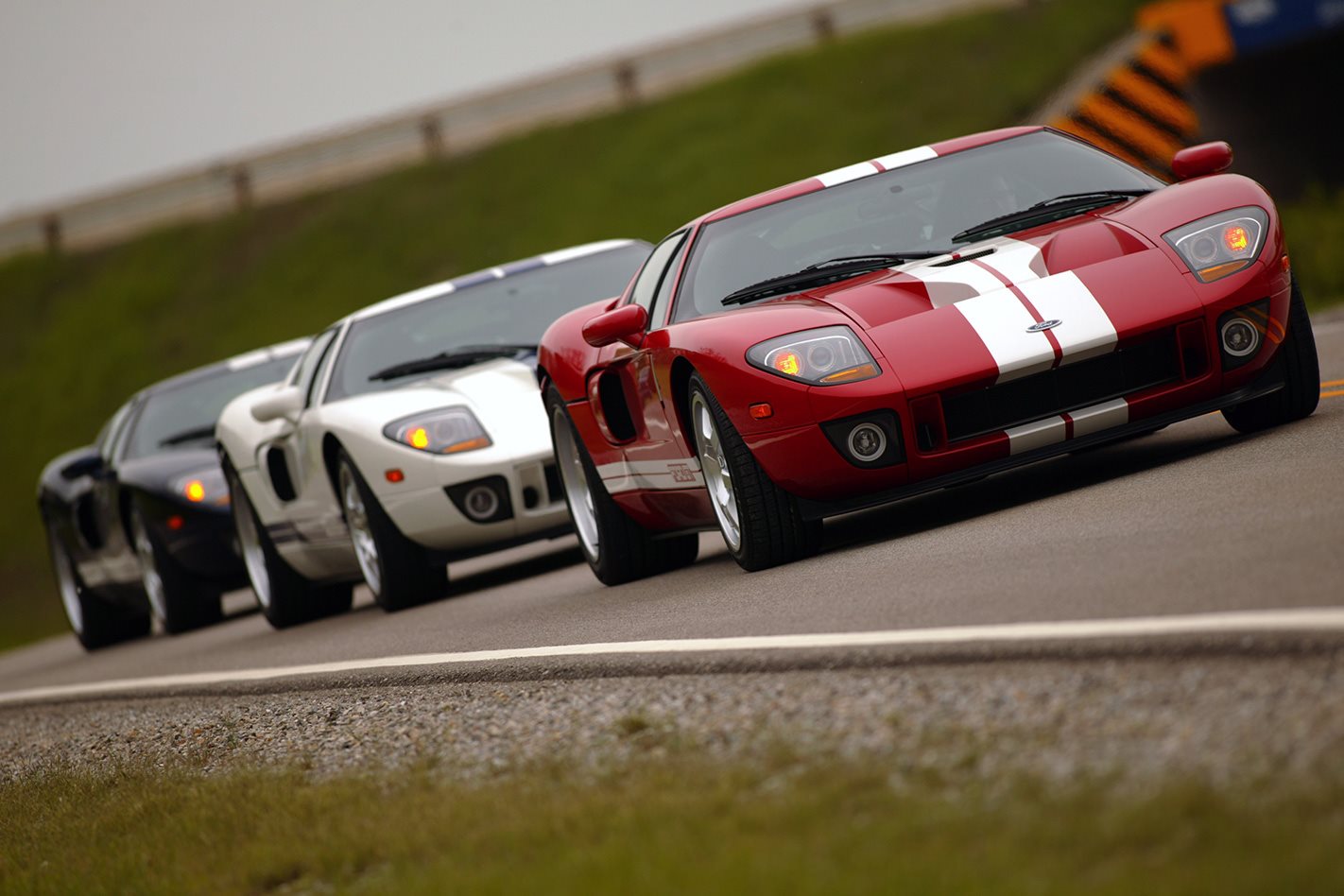“ALWAYS leave them wanting more,” reckoned Walt Disney.
As business mantras go it’s not a bad one and Disney certainly spun a huge empire off the back of cartoons featuring household vermin. Enzo Ferrari took up the theme, claiming that the company should always build one less car than customers demand. Yet as a whole, we car enthusiasts don’t like being short-changed. We like cars to be built over a long timescale, to be developed and honed to a point of perfection, and then debate how the older ones were better in any case.
Here are the first six of a dozen cars that we reckon died before their time.
Ford GT (2004-06) Unashamedly retro, undoubtedly brilliant, Ford’s GT demonstrated that even the most blue-collar of brands could mix it with the likes of Ferrari and Lamborghini if the product was right. With a 5.4-litre supercharged V8 behind the driver’s right shoulder mated to a sweet Ricardo-developed manual transmission this car was brilliant straight out of the crate. Unfortunately, timing was against it.
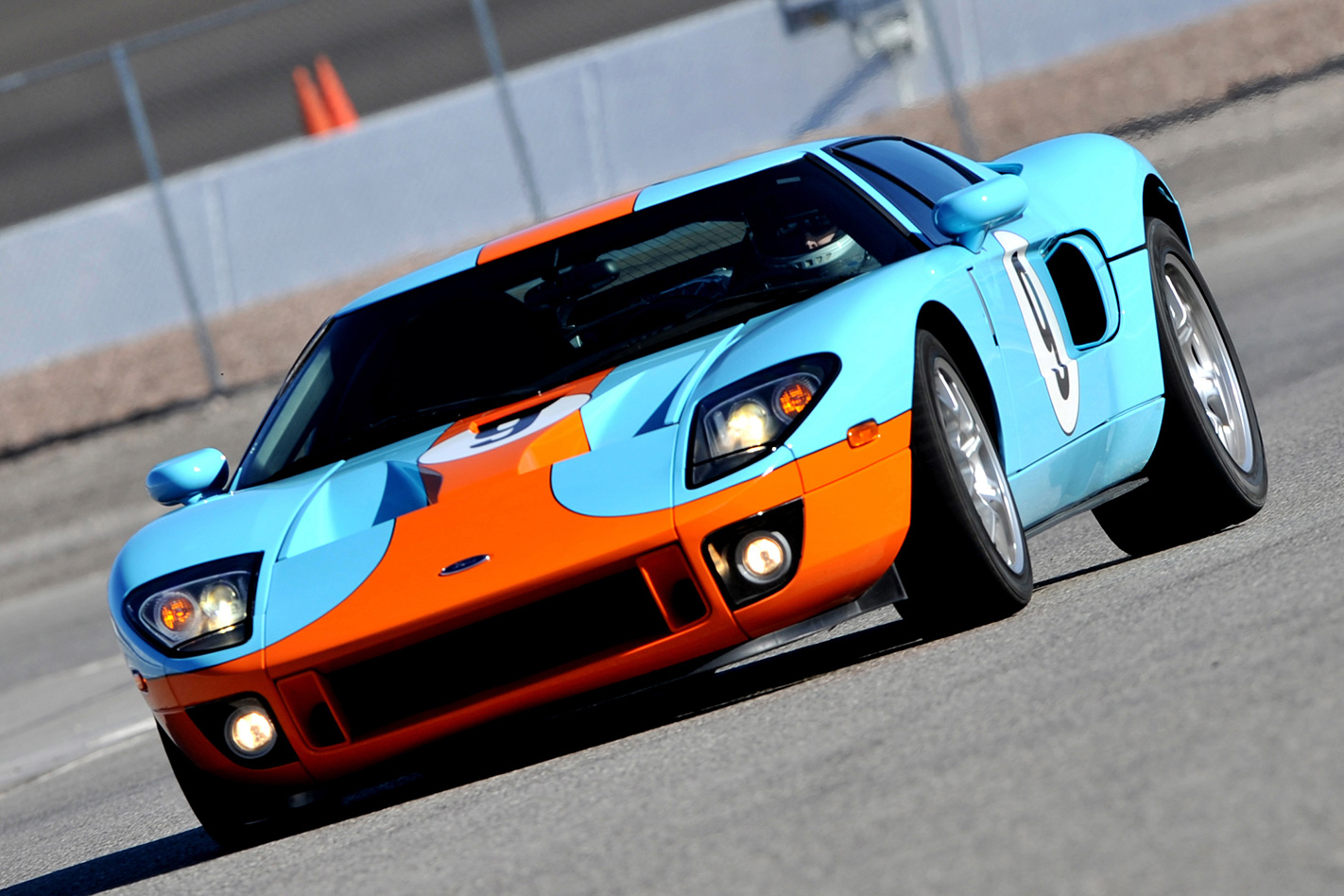
Nissan Skyline GT-R R34 (1999-2002) The Skyline GT-R is one of those cars that tends to divide opinion. To some it’s a Nurburgring-slaying, Gran Turismo generation embodiment of everything that’s exotic about Japanese tuner culture. To others it’s an overweight and ugly relic that’s had its day and is now a quaintly overpriced curio. The truth lies somewhere in between. Although the earlier R32 GT-R model might have represented the heyday of the Skyline in terms of technology and competition success, its cult status was cemented by the aggressive R34 GT-R. In Bayside Blue.
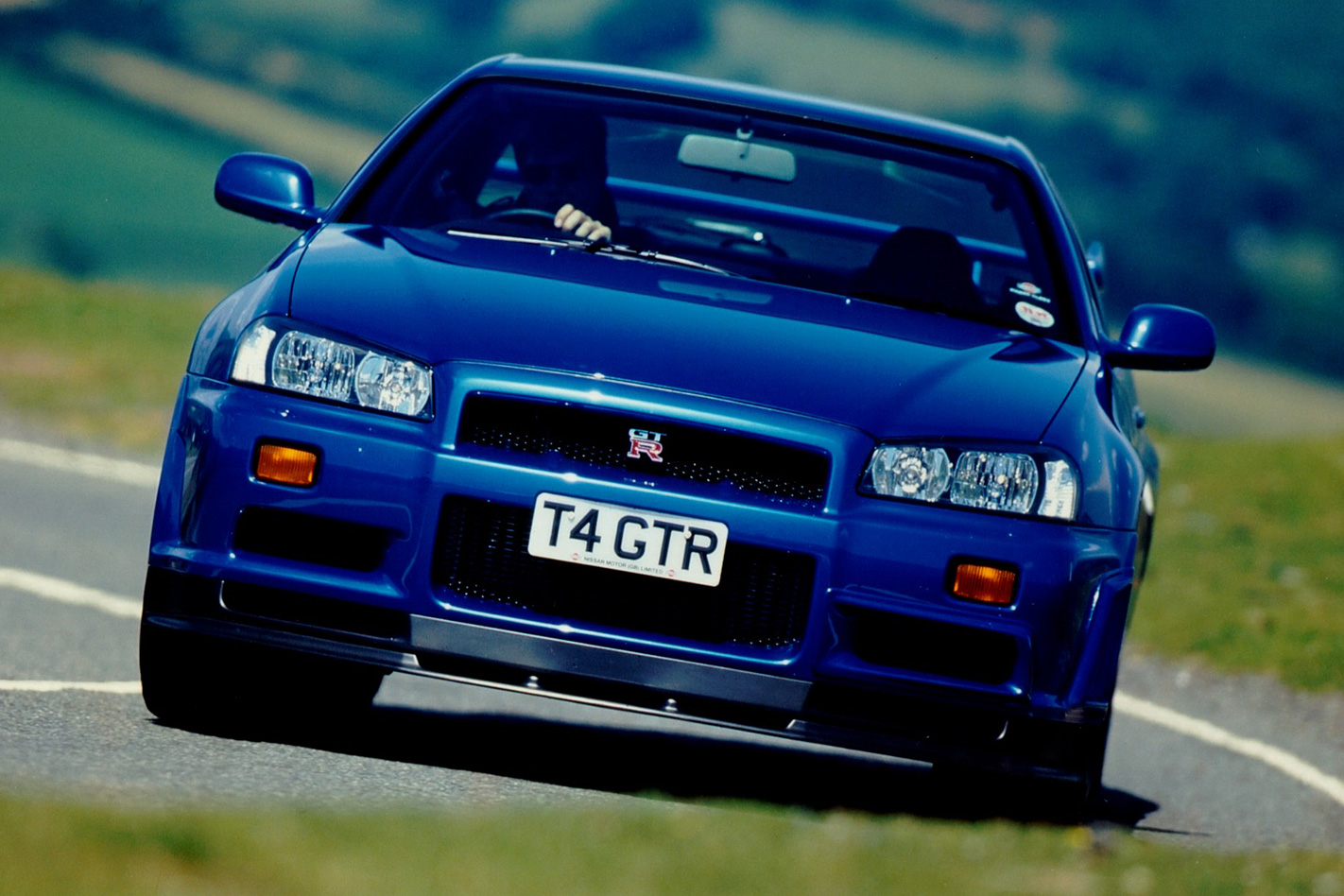
TVR Sagaris (2005-06) It used to be so easy to poke fun at TVR. I remember an owner’s forum where one frustrated Cerbera owner claimed that his car had let him down on every journey of more than 100 miles. When asked what feature would most improve his TVR, he replied: “A spare car in the boot.” While it’s true that the build quality of TVRs from the 1980s and ’90s could most accurately be described as horrific and most generously be portrayed as variable, quality improved in the company’s latter years. The Sagaris coupe is viewed by many as the most collectable of TVR’s contemporary output, yet even here there was that typical Wheeler-era bluster about it. With a claimed top speed of 195mph, it was pointed out by owners that any speed much above 150mph would result in the rear bonnet fixings and tailgate catches coming undone, with predictably disastrous effects.
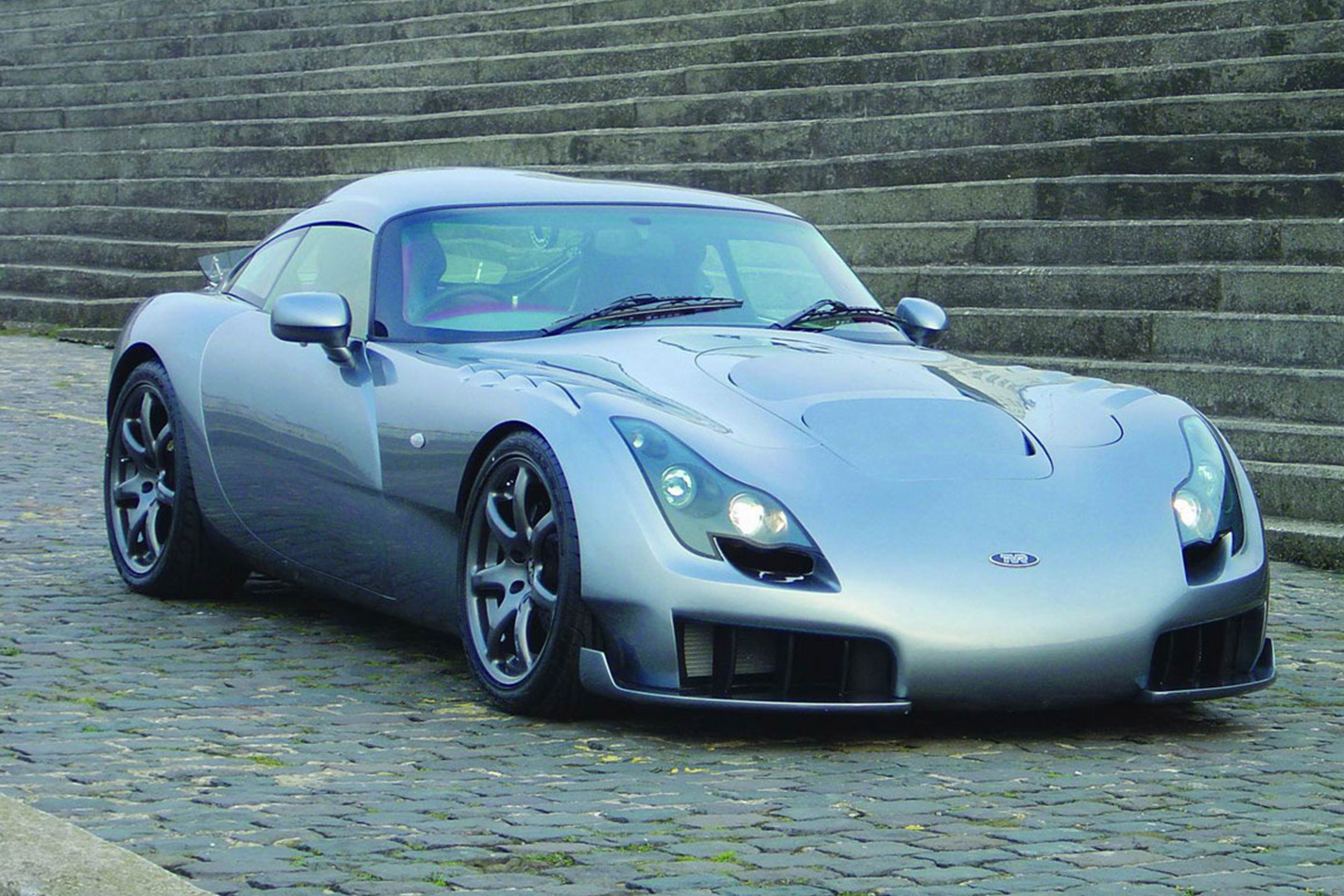
Nissan Silvia S15 (1999-2002) Now this is a bit of an odd ‘un. Nissan never brought this generation Silvia to this country. Had it done so, it would probably have worn a 200SX badge and its role in life would have been the same as the previous two generations of 200SX. It would have been bought by 40- and 50-somethings who wanted a vaguely handsome and reliable coupe that didn’t cost the earth. Some years down the line, it would then depreciate to a point when it would find its true calling in the hands of hardcore drifters who would equip them with a set of LingLong ditchfinder tyres and drive them sideways into said ditches in an explosion of tie-wrapped plastic and Lynx Oriental.
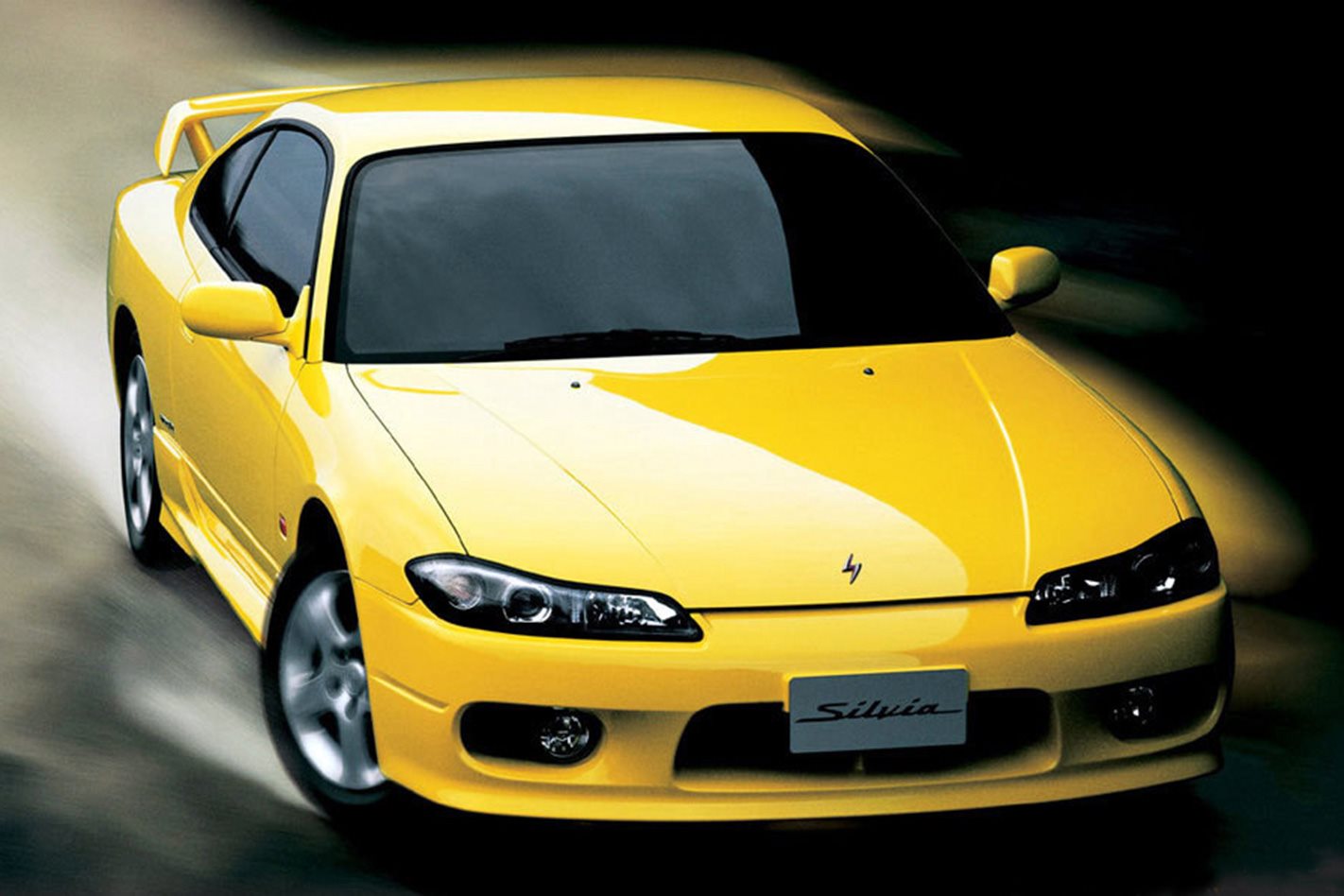
Saab 9-5 SportWagon (2011-12) “The much awaited SportWagon adds five-door versatility to the acclaimed attributes of the 9-5 Saloon, providing a distinctive, alternative choice for premium wagon customers. It is expected to become a major player in a vehicle segment where Saab has previously enjoyed sales volumes even higher than saloon levels.” So said Saab’s press blurb for the 9-5 SportWagon back in 2011. A year later it was history. Perhaps Saab’s downfall came because it never realised that there are really only two paths to happiness: improving your reality or lowering your expectations.
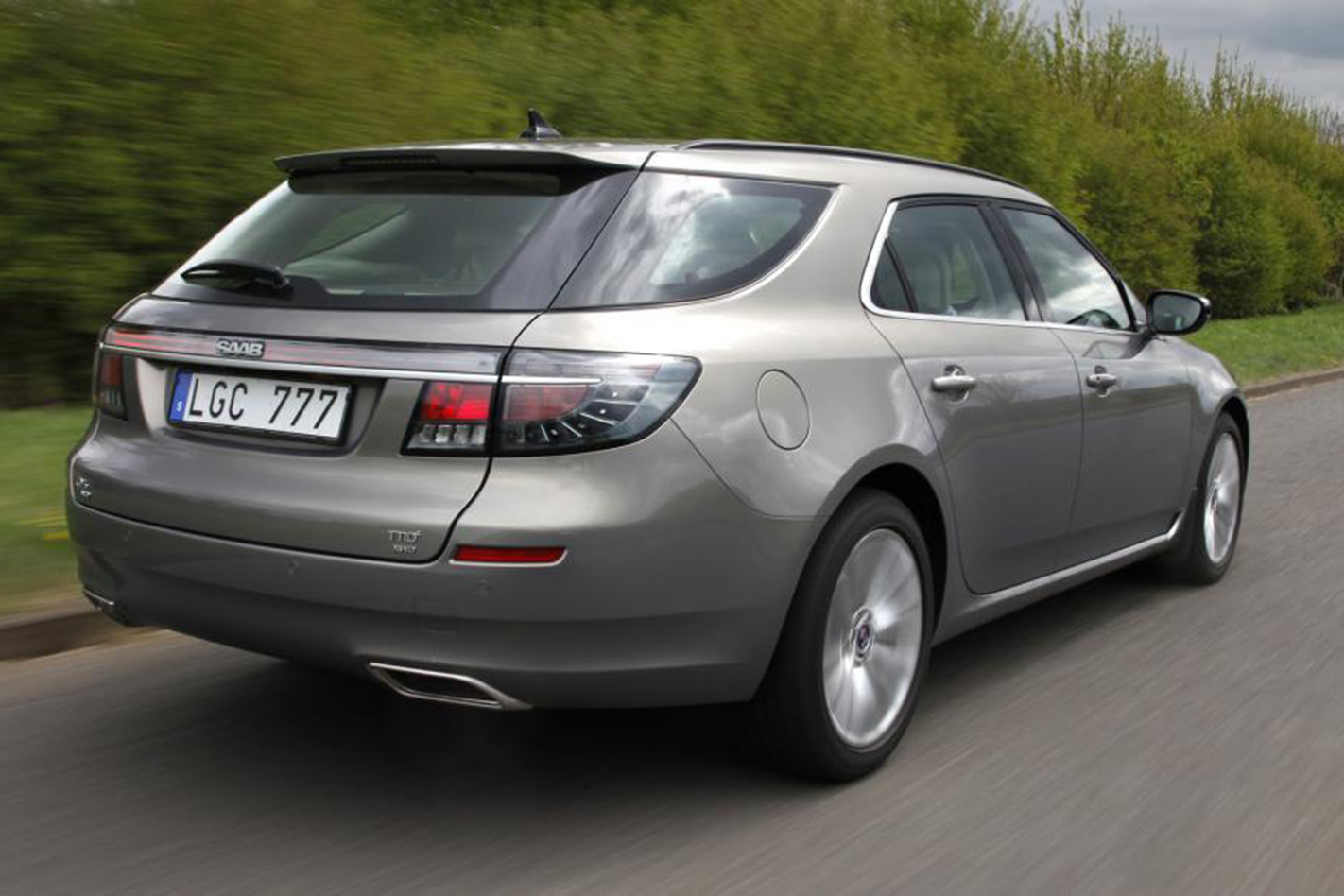
BMW M1 (1978-80) It’s hard to believe that the BMW M1, a virtual automotive deity today, was once regarded as an unmitigated embarrassment to the Bavarian company. Designed to originally represent BMW in a manufacturers’ championship based on cars with production silhouettes, rule changes meant that its development could never hit a rapidly moving target. Jochen Neerpasch, the man responsible for BMW’s racing program during the 1970s and the driving force behind the M1, found his career ruined by the M1. It was cursed almost from the outset. Lamborghini was contracted to build the car and then went bust. BMW retook control of the build process and commissioned Marchese to build the car’s tubular chassis and TIR to mould the fibreglass body after which ItalDesign would mate the two and fit the interior. The cars would then be shipped from Italy to Stuttgart, where Baur would plumb in the transmissions before BMW Motorsports would perform the final prep in Munich.
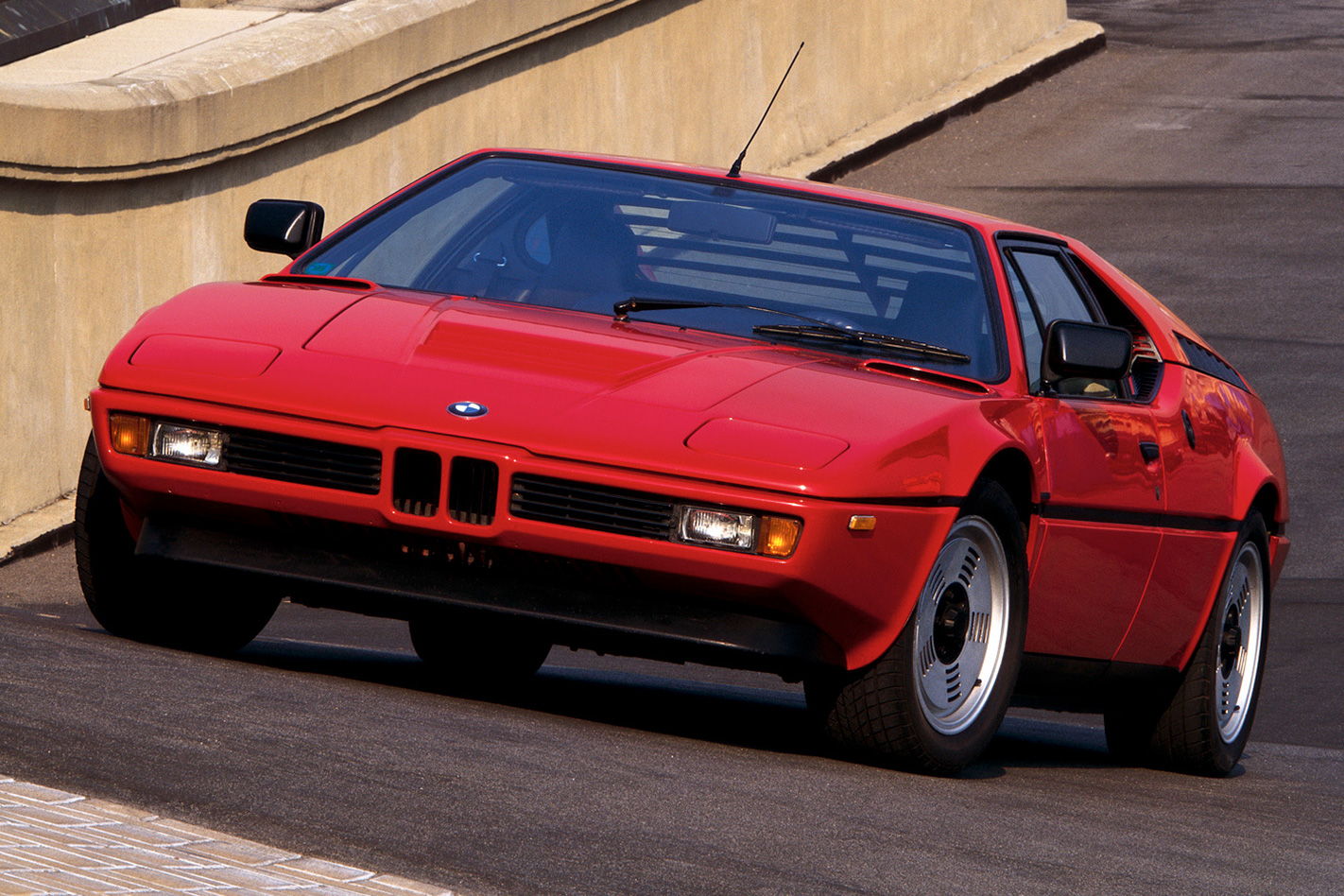
See part two here!
Any cars you think we’ve overlooked? Let us know!


